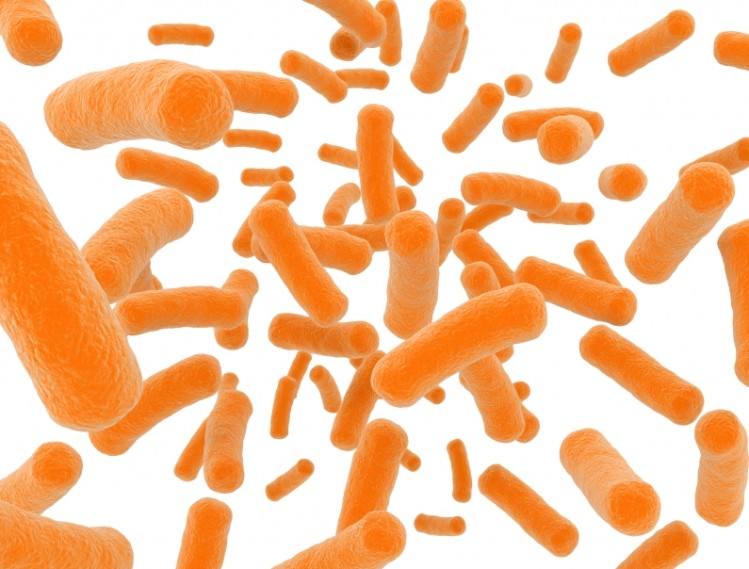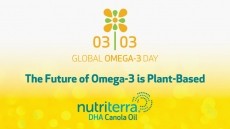Better together? Co-encapsulation study shows potential for stable omega-3 and probiotic mix

The research, published in the Journal of Functional Foods, explored ways to produce a co-encapsulated omega-3 and probiotic using a whey protein isolate (WPI) and gum Arabic complex (GA) – finding that omega-3 fatty acids and probiotic bacteria can form a stable co-encapsulate using a single WPI-GA coacervate microcapsule that can then be either spray dried or freeze dried to form a powder.
Led by Divya Eratte from Federation University Australia, the team noted that interest in the consumption of foods that contain probiotic bacteria is increasing steadily, while there is also a high commercial demand for omega-3 fatty acids.
“When probiotic bacteria and omega-3 fatty acids are co-encapsulated in a single product, there may be synergistic health benefits,” wrote Eratte and colleagues. “A synergetic effect between omega-3 fatty acids and probiotic bacteria during digestion has been reported, where omega-3 lipids help probiotic bacteria attach to the intestinal wall. There may also be stability benefits of co-microencapsulation.”
“This study represents the first systematic attempt to develop a single microcapsule capable of delivering omega-3 fatty acids and probiotic bacteria together in one particle,” they said.
Such co-encapsulated microcapsules - containing omega-3 fatty acids and probiotic bacteria - will be useful for the stabilised delivery of these two important functional ingredients together into functional food and nutraceutical applications, said Eratte and her team.
Co-encapsulation study
While the idea of co-encapsulation has been widely used in pharmaceutical delivery systems, the team noted that the co-encapsulation of more than one bioactive component with different characteristics - such as omega-3 oil (hydrophobic) and probiotic bacteria (hydrophilic) - is challenging and has not been reported.
The Australian researchers compared the microencapsulation of the probiotic (P) bacteria L. casei 431 in a WPI–GA complex coacervate matrix forming WPI-P-GA microcapsules, in addition to the co-encapsulation of L. casei 431 and omega-3 rich tuna oil (O) in WPI–GA matrix, forming WPI-P-O-GA microcapsules through complex coacervation.
“The novelty or significance of this study lies in the fact that it investigates whether probiotic bacteria and omega-3 fatty acids can be co-encapsulated in WPI–GA complex coacervate and if such co-encapsulation contributes synergistically to the survival of bacteria and the oxidative stability of the omega-3 fatty acids,” said the authors.
According to the team, both the encapsulation of L. casei 431 alone in to a WPI-GA matrix and the co-encapsulation of L. casei and omega-3 rich tuna oil in WPI-GA, was successful.
After this, the liquid capsules containing bacterial cells and also bacterial cells together with tuna oil were converted into powder form using either spray drying or freeze drying.
The team found that the viability of the L. casei was significantly (p > 0.05) higher when co-encapsulated with tuna oil in WPI–GA complex coacervates rather than being encapsulated on its own in the same shell matrix. Meanwhile, the oxidative stability of tuna oil was significantly higher in spray dried co-capsules than in freeze dried ones, they said.
All the microcapsules produced were amorphous in nature, said the team.
Source: Journal of Functional Foods
Published online ahead of print, doi: 10.1016/j.jff.2015.01.037
“Co-encapsulation and characterisation of omega-3 fatty acids and probiotic bacteria in whey protein isolate–gum Arabic complex coacervates”
Authors: Divya Eratte, et al
















